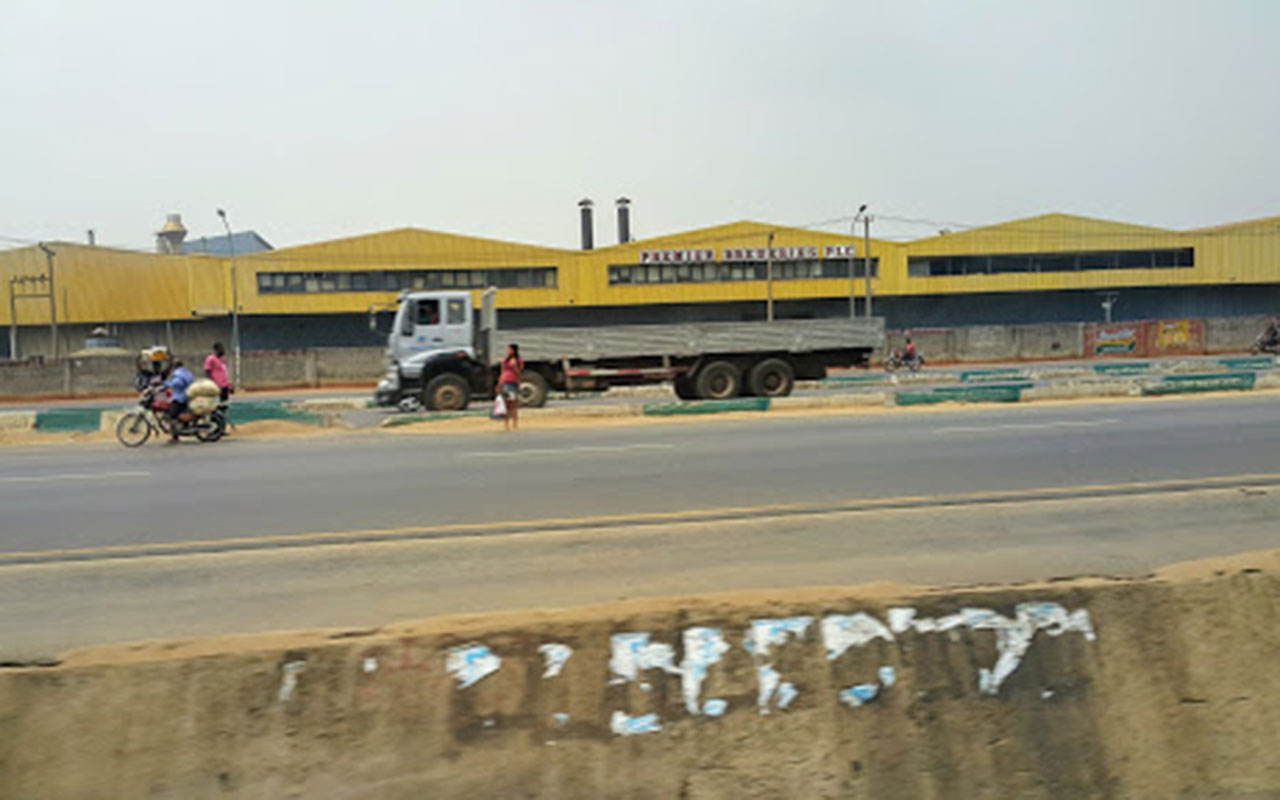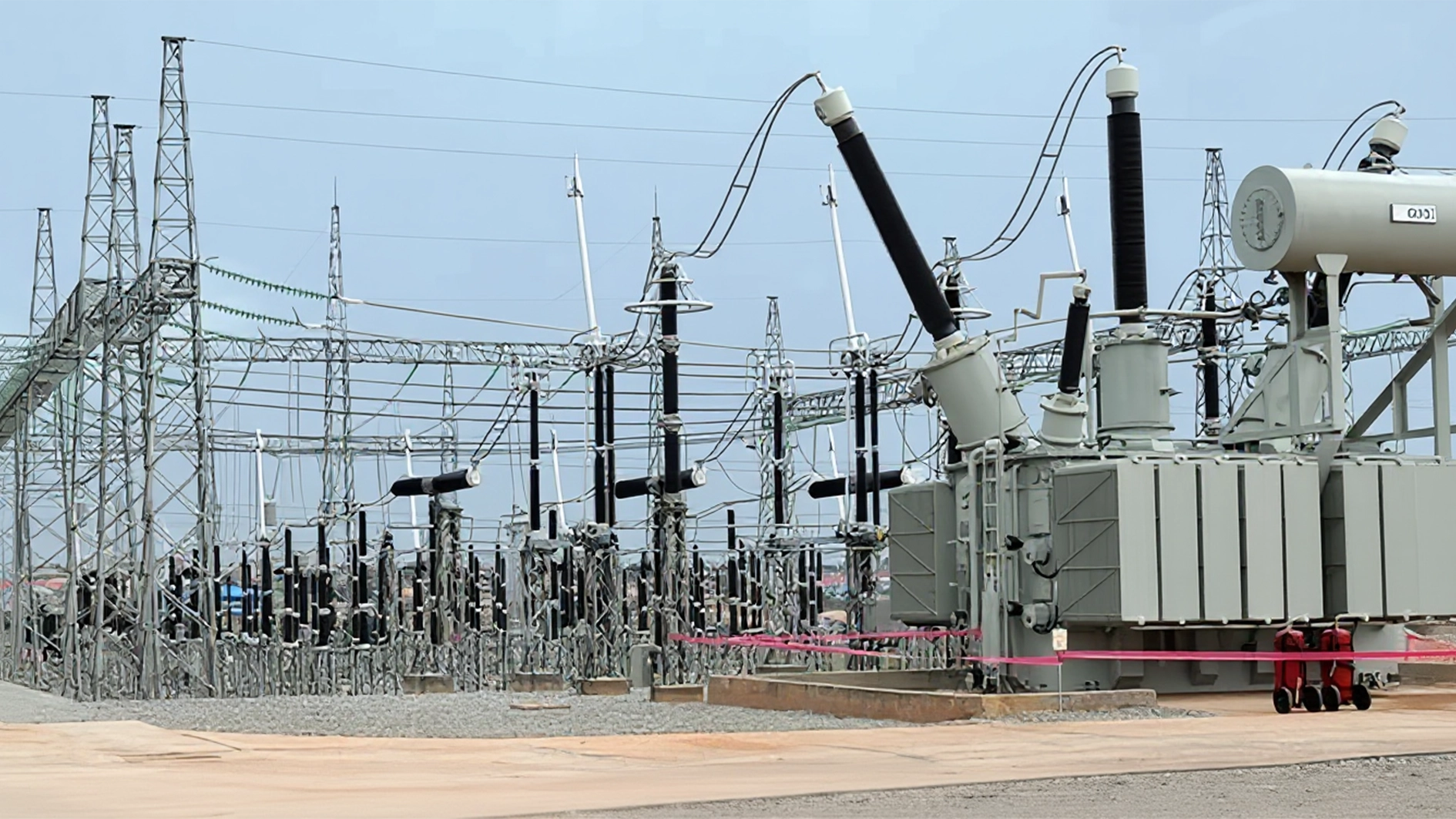
The insecurity that has held the South-east region of the country nearly comatose in the recent past may not have abated, but it is not the region’s only challenge. Part of the problem is the crass neglect of the industries that made the region tick and gave it a stable and respected polity in the past. There is little doubt that the region can only recover fully from its core problems if it seriously addresses its economic challenge which has been complicating its dilemma. Signals emanating from industries that used to be the envy of the south-east region and heartbeat of the nation in the not too distant past are not only bad, they are uniformly disheartening. At the last count, the forever deepening rot and reckless abandonment of the once-upon-a-time shining prime establishments that dated back to the 1960s, during the administration of Premier of the old Eastern Region, Dr Michael Okpara, has become a shadow of itself owing to years of neglect; it certainly does not constitute a strong economic foundation for the region’s prosperity as the original vision of Dr. Okpara.
Naturally, the abandonment of the industries estimated to worth over N10 trillion have worsened the general high unemployment rate and dwindling revenue generation in the region. The legacy industries dotted around the five southeast states include Golden Guinea Breweries, Ceramics Industry both in Umuahia; Abia Hotels in Aba; Hotel Presidential, Niger Steel, Niger Gas, the premier cashew industry in Oghe, Eastern Plastic Limited all in Enugu State, Premier Breweries, Onitsha Anambra State, several cocoa and farm settlements among others. The sorry state of the industries obviously is a direct result of nonchalant disposition of successive administrations in the region. Sadly, the reckless abandon of the industries put the people of the region in abject penury.
According to a report, the unemployment rate has been proportional with demographic growth in the region. The National Bureau of Statistics (NBS) reveals that Nigeria’s population rate rose to 216.7 million, with an unemployment rate of 4.2 per cent in Q2 of 2023. A further breakdown in population of the individual five states of the South East showed that over 6.5 million people are unemployed in the region. What is worse, unemployment is on the rise daily in the region and what this reflects is a calamitous loss of productivity. It also coincidentally affects the Internally Generated Revenue (IGR) of the region. Largely, the abandonment of these legacy industries can best be said to be due to lack of political will, which needs to change. The zeal and commitment to sustain projects of past administrations should be seen as paramount in government across the country knowing that government is a continuum.
There is no doubt that successive governments’ abandonment of Michael Okpara’s legacy is a threat to development in the region and is partly the reason unemployment is rife in the Southeast, going by the level of rot in major industries that brought fame, pride and employment to the region. These establishments in other states of the federation are revenue earners, employment creators and continue to impact development in those regions. An example is the O’dua Investments in the South-west region, which is a consortium of establishments of those who ruled the region, most of whom were contemporary of Dr. Okpara.
Sadly, the challenge of moribund industries in the South-east has not been addressed by even the Southeast Governor’s forum, signifying that the present political leaders in the region are uninterested or unable to revisit the challenges. Successive South-east governors seem to have lost the initiative and vision which the regional government under Michael Okpara had and used to keep the region at par with the rest of the country. South-east governors must draw up plans to revive the moribund industries in the region. This effort will not only create employment but also boost the economic development of the region.
Past South-east governors have shown a lack of zeal to bring back the legacy industries to operational capacity. The ruins at sight can cause many to speak of the South-east in absolute emotional terms, reflecting either their peculiar frustration occasioned by IPOB, or dissatisfaction as the industries rot away amid low earnings and unemployment ravaging the region. For instance, the four-floor edifice located in Enugu can best be described as a carcass as the glass windows, roof, electronics and other appliances have been burgled or removed by government officials.
Clearly, what sets a good government apart is the ability to enhance the social condition of the people through creating an enabling environment and employment opportunities. In the light of the above, to enable the region tackle unemployment and dwindling revenue generation, governments and stakeholders in the region must avail themselves of the need to revive these moribund industries as a matter of urgency.
The opportunity and challenge are there for the current South East governors to demonstrate that the legacy industries would be revamped so that the condition and living standard of the people in the region can be improved. With the will and consistency of vision, it is possible to bring back the legacy industries and drive the economy and development of the region to greater heights.






